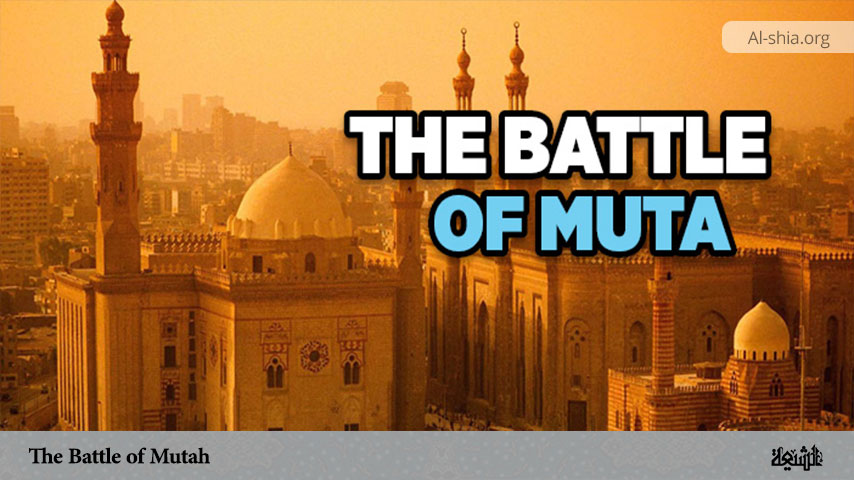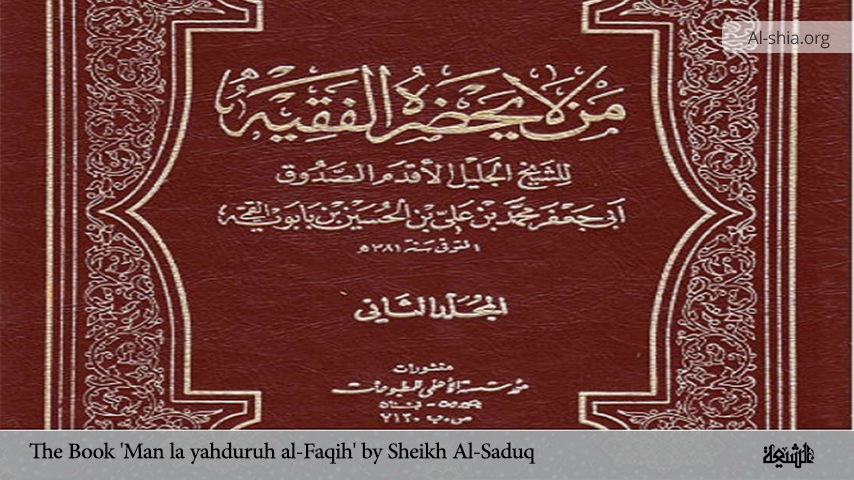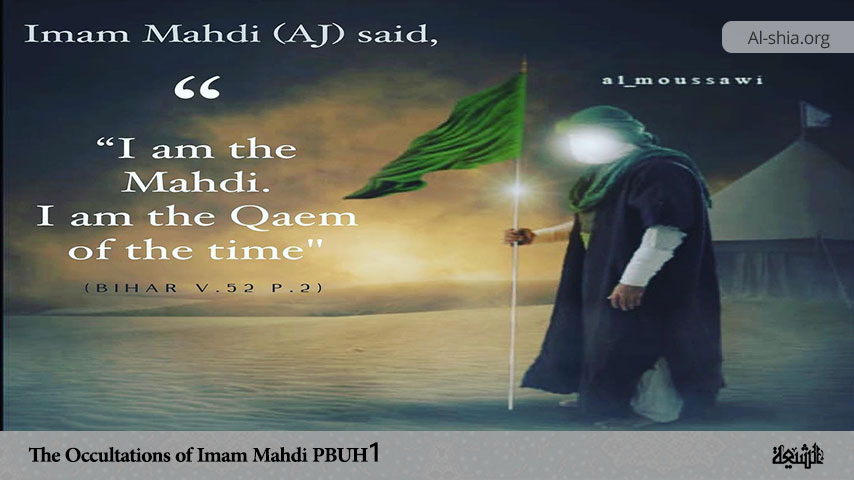The Battle of Mutah was a significant military engagement in early Islamic history, occurring in Jumada al-Awwal 8 AH (September 629) near the village of Mutah on the boundaries of Syria. Today it is located in Province Mu’ab. The battle marked one of the first major encounters between the forces of the nascent Muslim community from Medina, led by Prophet Muhammad (PBUH), and the Byzantine Empire along with its Arab Christian allies. Despite being vastly outnumbered, the Muslim army exhibited remarkable courage and strategic resilience. Although inconclusive in terms of decisive victory, the Battle of Mutah had profound symbolic and strategic implications. The battle strengthened the resolve and unity of the Muslim community and paved the way for later interactions between the Islamic State and the Byzantine Empire.
Background
Prophet Muhammad was God’s Messenger not only for the Arabs but for the whole world: “We did not send you but as a mercy to all the nations[1].” It was his duty to deliver God’s last message to all mankind, and he did. In August 629, Prophet Muhammad (PBUH), addressed letters to the rulers of the neighboring countries inviting them to Islam[2]. In sending these letters, he (PBUH) was prompted by his desire that all men should live in obedience to the commandments and laws of God. Obedience to those commandments and laws alone can guarantee the peace, happiness, and welfare of mankind in this world, and its salvation in the Hereafter[3]. According to E. Von Grunebaum in his book, Classical Islam – A History 600-1258, write: “In 629, Mohammed sent letters to six rulers – the Persian king, the Byzantine emperor, the Negus of Abyssinia, the governor of Egypt, a Ghassanid prince, and a chief of the Banu Hanifa in south-east Arabia, inviting them to Islam[4].”
Cause of the Battle
The Battle of Mutah was primarily triggered by the killing of a Muslim envoy, which was a severe violation of the diplomatic norms of the time. Prophet Muhammad (PBUHH) had sent an emissary, al-Harith ibn ‘Umair al-Azdi, to deliver a letter inviting the ruler of the Byzantine-allied Ghassanid tribe to Islam. However, upon reaching Mu’tah, al-Harith was captured and executed by Shurahbil ibn ‘Amr al-Ghassani, a Ghassanid leader. This act of aggression was viewed as not only an affront to diplomacy but also a challenge to the emerging Islamic state[5].
Historically, the killing of an envoy was considered a serious offense, as envoys were seen as sacred and protected under tribal and international customs. The Muslim community, under Prophet Muhammad’s leadership, thus saw it necessary to respond, both to seek justice for the slain envoy and to safeguard their diplomatic relations.
The Byzantine and Ghassanid powers likely perceived the rising influence of Islam as a threat to their regional interests. This backdrop of political tension underscored the significance of the Muslim response, turning the Battle of Mu’tah into a critical moment that highlighted the expanding reach and growing assertiveness of the Muslim community. The battle is thus seen as an assertion of diplomatic sovereignty by the Muslims and a strategic confrontation with Byzantine forces that would influence later interactions between the two powers.
Nomination of the Commanders
In preparation for the Battle of Mu’tah, Prophet Muhammad (PBUHH) carefully nominated commanders to lead the Muslim army, providing a structured chain of command in case of casualties. These nominations underscored a clear contingency plan, ensuring the army would remain steadfast even if its leaders fell. This strategic decision highlighted the Prophet’s (PBUHH) insight into leadership dynamics and his careful preparation for what would be a challenging confrontation. According to Sunni historical sources like Ibn Hisham’s Sirah and Ibn Sa’d’s Tabaqaat, Prophet Muhammad (PBUHH) appointed a sequence of three commanders to ensure continuity of leadership: Zayd ibn Harithah (a close companion and adopted son of the Prophet) as the chief commander, followed by Ja’far ibn Abi Talib[6] and then ‘Abdullah ibn Rawahah. This structured chain of command highlighted the Prophet’s strategic foresight, preparing the Muslim army for potential losses among its leaders. These appointments aimed to uphold morale and maintain unity within the army, reflecting the Prophet’s careful planning for what would be a formidable encounter.
In Shia narratives, the appointment of commanders for the Battle of Mu’tah differs slightly from the Sunni perspective. According to Shia historical sources, Prophet Muhammad (PBUHH) appointed Ja’far ibn Abi Talib as the primary commander, followed by Zayd ibn Harithah and then Abdullah ibn Rawahah. If one commander fell in battle, the next in line would take charge. This sequence of leadership emphasizes the Prophet’s trust in these individuals and his strategic planning for the Muslim community’s early military endeavors.
Departure of Musllim Army
When the army was departing, people bid them farewell and prayed for them. During this period, the Prophet (PBUHH) addressed the army, and parts of the sermon include:
“I recommend you to observe piety (Taqwa) and beneficence to Muslims who are beside you. Depart in the name of God and on the path of God, and fight with whoever denies God; do not break treaties and promises, and do not kill children. When you encounter the enemy, call them to one of the following, and if they comply with these, then stop fighting them.
Call them to Islam; if they comply, then let them go. Then call them to immigrate to Dar al-Muhajirin (the house of immigrants, that is, Medina and its suburbs); if they comply, then they will share the benefits and harms of Muhajirun, and if they believe in Islam and stay in their own homelands, then tell them that they are like Muslim Arabs, and the Divine laws apply to them; and they do not share the booties of wars unless they fight alongside the Muslims.
If they do not comply with all this, then call them to pay Jizya (that is, taxes on non-Muslims). If they comply, then let them go. And if they do not comply even with this, then ask for God’s help and fight them. And if you besiege people of a fort or a city and they ask you to deal with them in accordance with the Divine command, then reject their request and just give them temporary security (Aman) in accordance with your own judgment, since you do not know if you can grasp the Divine command about them.
Then the Holy Prophet (PBUHH) accompanied the Army of Islam to Thaniyyat al-Wada’; he then stayed there and the army stood around him. The Prophet (PBUHH) told them: “Depart in the name of God and fight the enemy of God and your enemy in Syria. You will see people who worship God in their monasteries; do not encroach upon them, and you will see people whose heads are Satan’s nests; decapitate their heads with swords… Never kill women, children, and the elderly; never set palm groves to fire; never cut trees, and never destroy houses.”
Commencement of the Battle
Following this provocation, Prophet Muhammad (PBUH) mobilized a contingent of around 3,000 troops[7] from Medina to confront the Byzantine-allied forces in the region of Mu’tah, near the border of modern-day Jordan. The army was organized under the command of Ja’far ibn Abi Talib, with Zayd ibn Harithah and Abdullah ibn Rawahah serving as his deputies.
Upon arrival at Mu’tah, the Muslim forces discovered that they were vastly outnumbered by the enemy, which was estimated to be around 100,000 troops. Despite this daunting reality, the Muslim commanders resolved to engage in battle, which commenced in September 629 CE (8 AH)[8].
The initial phase of the conflict saw Zayd leading the charge and fighting valiantly until he was martyred. In line with the Prophet’s instructions regarding the succession of leadership, Ja’far then took command. He continued to rally the troops and fought bravely, ultimately succumbing to injuries as well. Following Ja’far’s death, Abdullah ibn Rawahah took over the leadership and fought heroically but was also martyred during the battle.
With the loss of their three commanders, the Muslim forces faced a critical decision. Realizing that they were at a severe disadvantage and outnumbered, the remaining soldiers, led by Khalid ibn al-Walid—who had been serving as a subordinate commander—decided to adopt a tactical retreat. Khalid skillfully maneuvered the troops, creating confusion among the enemy forces and facilitating a safe withdrawal. His strategic leadership during this challenging situation earned him significant recognition and respect.
The battle concluded without a clear victory for either side, but it did not result in a defeat for the Muslims, who successfully retreated back to safety. The Battle of Mu’tah was significant for several reasons: it demonstrated the resolve and courage of the early Muslim community in the face of overwhelming odds, highlighted the importance of leadership and strategy in military engagements, and solidified Khalid ibn al-Walid’s reputation as a brilliant military commander. The battle also marked a crucial moment in the interactions between the Islamic State and the Byzantine Empire, setting the stage for future confrontations in the region.
Conclusion
The Battle of Mu’tah, fought in September 629 CE, was a pivotal engagement that showcased the resilience and bravery of the early Muslim community despite being vastly outnumbered. Following the killing of a Muslim envoy, Prophet Muhammad (PBUH) dispatched a contingent of 3,000 troops, led by Zayd ibn Harithah, to confront the Byzantine-allied forces. The battle saw the deaths of key commanders, including Zayd and Ja’far ibn Abi Talib, highlighting the sacrifices made by the early Muslims. Ultimately, under the strategic leadership of Khalid ibn al-Walid, the Muslim forces executed a tactical retreat, avoiding complete defeat. This battle not only demonstrated the emerging Islamic state’s military capabilities but also set the stage for future interactions with the Byzantine Empire, reinforcing the commitment and unity of the Muslim community in the face of adversity.
References
[1] . Qur’an 21: 107.
[2] . Sayyid Ali Asghar Razwy, A Restatement of the History of Islam and Muslims, p. 148.
[3] . Ibid, p. 148.
[4] . E. Von Grunebaum, Classical Islam – A History 600-1258.
[5] . El Hareir, Idris. (2011). The Different Aspects of Islam Culture: Volume 3, The Spread of Islam throughout the World, p. 142.
[6] . https://www.al-islam.org/jafar-al-tayyar-kamal-al-sayyid/jafar-al-tayyar
[7] . El Hareir, Idris. (2011). The Different Aspects of Islam Culture: Volume 3, The Spread of Islam throughout the World, p. 142.
[8] . Kaegi, Walter E. (1992). Byzantium and the Early Islamic Conquests, p. 72.

















